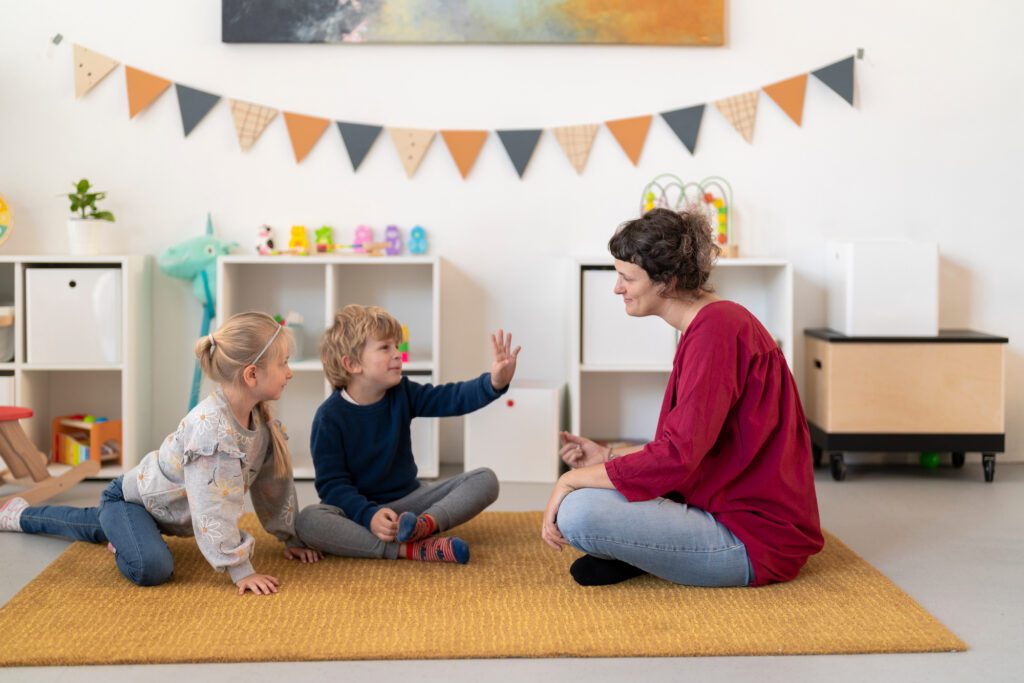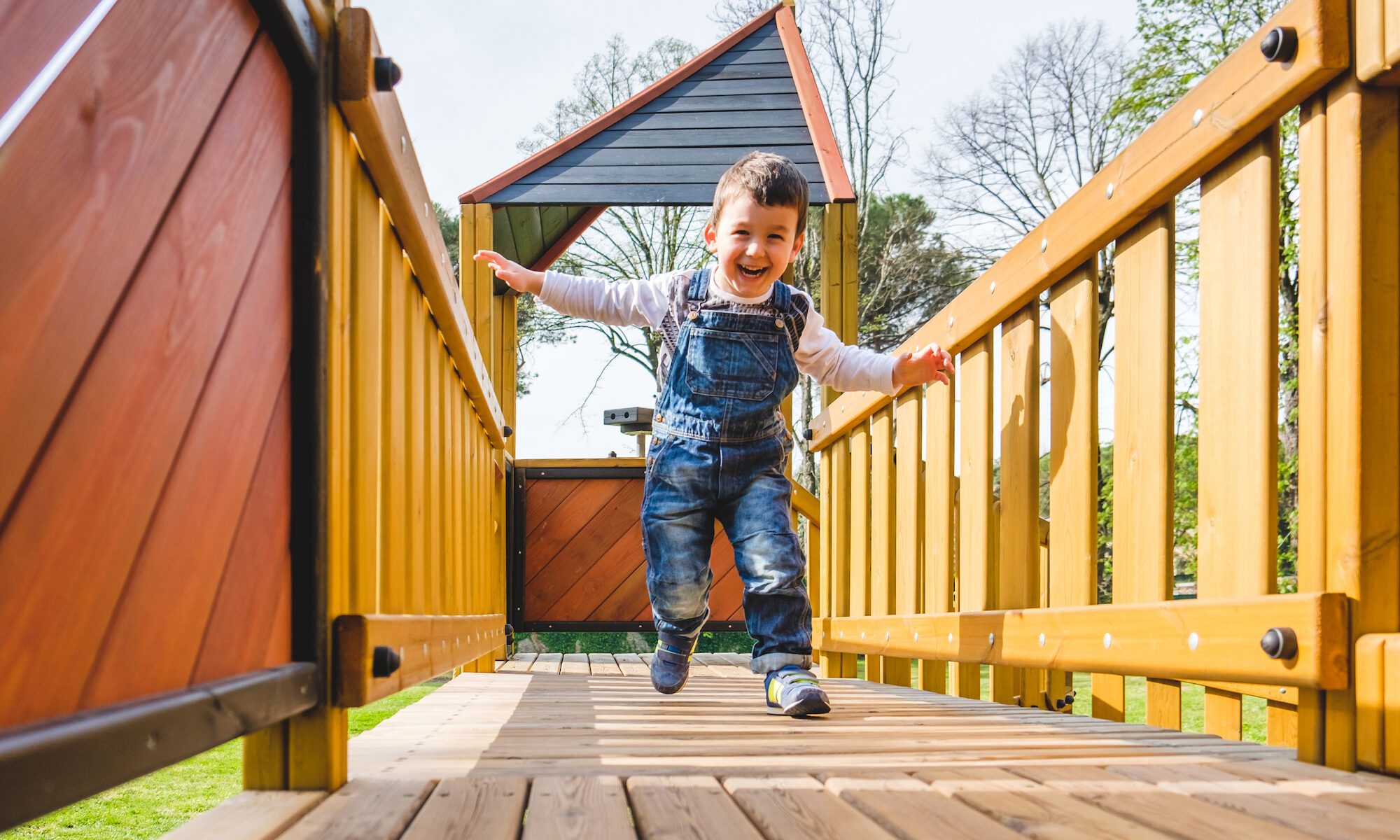The space of early childhood development is flooded with advice and education around methods of parenting. It can all be a little overwhelming when the approaches that are being asked of us seem too much of a stretch from our natural style. Often – there will be bits of information that appeal and bits that don’t, and frequently the theory of what is developmentally helpful falls flat in real-world applications. Almost always, the approaches that were deemed to make a ‘real impact’ are relegated to those with knowledge and expertise such as specialist clinicians who’s wait lists are as long as a leap year.
As a professional with a background in social justice and specialist knowledge in early childhood development, I’d seen firsthand the huge gaps between the research and the practice. As a parent myself, I knew the therapeutic importance of using the parent or primary caregiver to influence a child’s life trajectory.
Because of this, I became interested in ways to support childhood development that could be undertaken by the people who had the time, motivation, incentive and love – us:
- the parents
- the aunts and uncles
- the family friends
- the grandparents
- the early childhood educators
- the teachers who spend hours every day with our children.
As I dug deeper, I began to understand that I wasn’t the only one that felt this was a good idea! There was an increasing body of work exploring the impact of purposeful, moment to moment interactions – encouraging people to use everyday contact opportunities to develop their own skills, at their own pace, with their own children or children close to them. There was a movement for the increased involvement of interested parents and carers to raise a generation of emotionally intelligent and socially well-adjusted humans, and the approach didn’t require a referral to a specialist (although this is sometimes required, helpful and necessary!)
Marte Meo.
I was introduced to a method that prioritised the development of social and emotional skills using moment to moment, everyday supportive communication. The practice was called Marte Meo and the approach was initially developed by Maria Aarts, a Social Worker in the Netherlands who was exploring more effective methods to promote children’s potential using the most impactful relationship – the primary carer or someone close. The foundation of this approach is all in the name. “Marte Meo” translates into “On One’s Own Strength”. It acknowledges that often, the most impact comes from those closest to the child such as parents – they know the child best, they have the lived experience and wisdom and they have the motivation that comes with the love of a parent. Marte Meo has grown over the decades into a practical, translatable approach for parents, caregivers and professionals who are working to achieve better developmental outcomes for children.
Moment to moment.
Marte Meo has a focus on the importance of daily interactions. It supports paying attention to the small moments that take place between people and suggests that developmentally helpful communication is available to all of us with small adjustments.
Here’s an example.
Recently, I observed a fleeting interaction between my 11-year-old, my partner and an old friend that highlighted just how much can take place in brief interactions, and the opportunity that exists in moment-to-moment interactions to be developmentally supportive, or unsupportive. We were at a community event on bright Sunday morning. We’d been wandering through stalls, sipping on coffees, and munching on potatoes on a stick when we came across an old friend who used to play cricket with my husband. Let’s call him the Cricket Guy. The interaction went something like this:
Cricket Guy: “Hey!!!! Good to see you, it’s been years! You still playing cricket?”
Husband: “Na, gave that up a while ago, got too old!”
Cricket Guy: “Ohhh, never mind…. what about your little man, he is playing cricket?”
Husband: “Nope, no cricket, he’s into gaming.”
Cricket Guy: “Gaming! Oh no……oh well, there’s always time to get into cricket down the track to carry on the tradition and make you proud!”
Sticks and stones may break my bones, but words will never hurt me.
Cue the look of confusion on our 11-year-olds face as he began to absorb the information exchange between his dad and the Cricket Guy. On the face of it, this was a brief, throw away interaction that wasn’t intended to be hurtful in any way. When we dig a little deeper, we begin to understand the impact of the Cricket Guys words, because words can and do hurt!
The difference that makes a difference.
Years of developmental research tells us there are ways of interacting with a child that supports the emergence of a sense of self. A sense of self is a term used to typically describe an adult’s perception and awareness of who they are – including their identity, morale code and values. This developmental process starts in early childhood, with the strongest influences coming from children’s significant adults in their life such as parents and educators. An emerging and positive sense of self will support the development of positive self-esteem, self-worth, and self-confidence – characteristics that research tells us contributes to a healthy, balanced life experience.
A sense of self may sound like a huge, important developmental process that takes place over a number of years, and it is! Here’s the thing – the everyday moments that take place between us and our children add up, and this is the difference that can make a developmental difference. It’s not the dramatic, amazingly memorable events that lead to a child’s stable mental health and emotional intelligence (although these are lovely and important!). Instead it’s the small, everyday interactions and the way in which we approach these everyday interactions that have a cumulative effect and add up over time.
For example, Marte Meo helps us to understand that when we notice a child’s idea, it provides space for the child, encouraging them to have a say or have a voice. One of the easiest ways we can support a sense of self is by noticing a child’s interests and ideas.
Unfortunately, this wasn’t the way things played out on that Sunday at the markets. The Cricket Guys response to my son’s interests was unintentionally dismissive (gaming! oh no!), sending the message that there is something wrong with the child’s interest, and therefore something wrong with the child. Cricket Guy gets extra points for adding a layer of unintended shame, with the implication that the only way to make his dad proud was to share the same interests and carry on the tradition This could cause a point of confusion and tension in the mind of a child, who instinctively wants and needs to stay close and connected to their most important people.
Stuck in autopilot:
We know that most of us interact and relate to other people in a default, natural way. We have all been shaped and influenced by many years of being in relationship with our parents, families, and important people such as educators. Our attachment experience, temperament and disposition all have an accumulative influence – it’s complicated and fascinating stuff! We also know that most of us don’t set out to be intentionally harmful or hurtful – and we know this to be true for the Cricket Guy. He didn’t intend to dismiss my child’s interests or create feelings of uncertainty or shame. He responded in a way that came naturally.
The morale of the story? Think about what we say and how we say it. Try and really notice the world of our children, their interests, their experience. See if you can ease into it. There is so much power in a passing moment.
I See You, Just as You Are:
When we show interest in a child’s ideas or initiatives, it lets the child know that we see their idea, we like their idea or interest and…
…we see them, just as they are…
This simple practice feels good for the adult and provides the child with a sense of being seen, heard and validated, which some consider the very definition of connection.
Let’s return to the Cricket Guy. If we had an opportunity for a do over with a focus on moment-to-moment interactions, it would go something like this:
Cricket Guy: “Hey!!!! Good to see you, it’s been years! You still playing cricket?”
Husband: “Na, gave that up a while ago, got too old!”
Cricket Guy: “Ohhh, never mind…. what about your little man, he is playing cricket?”
Husband: “Nope, no cricket, he’s into gaming and he’s super skilled at it.”
Cricket Guy: “Gaming! Amazing! I don’t know much about gaming, but I’ve heard there’s some cool stuff around.”
There are many more simple, purposeful, and impactful ways of relating and responding to children in everyday interactions. Head to our website to learn more www.the-self.com.au.
Disclaimer: No cricket tragics were harmed in the re-telling of this story.


